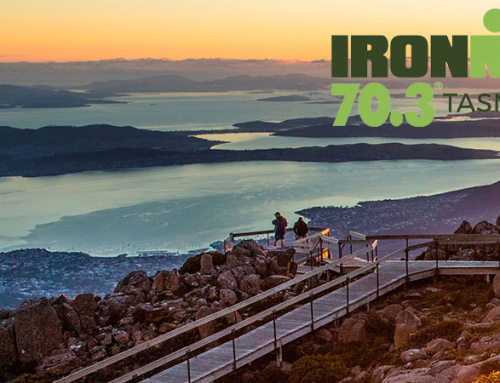Heat Acclimatisation – How & Benefits
We are just a few weeks away from the Ironman World Championships in Kona. Triathletes everywhere are finishing their final preparations including getting to the islands or warmer climates early to acclimatise to the heat and humidity.
Heat Acclimatisation for Cooler Climates
If you don’t have the luxury of getting there early try some of these tips to simulate warmer conditions whilst training in colder climates:
- Ride and run with heaps of clothes on including a rain jacket
- Indoor trainer in the laundry with dryer on with wet towels in there
- After training, sit in steam bath or sauna for a while but no cold shower & no water while in there
- Run on tready with the heater on 30 degrees
Make sure you rehydrate properly after these sessions as it is likely you’ll sweat even more as you learn to deal with the warmer temperature.
Benefits of Heat Acclimatisation
Heat acclimatisation isn’t only for athletes training for an event closer to the equator. A recent study testing cyclists found that heat training improved the aerobic performance of endurance athletes in both hot & cooler temperatures. These benefits were found to last between 1-2 weeks, similar to the benefits of altitude training. The study found that athletes subject to chronic heat stress (10 days) improved their VO2 max scores and lactate threshold and thus their relative exercise intensity (%VO2 Max) during the time trial.
Preparation & Recovery
When adapting to warmer climates and preparing for hot weather races, ensure you have adequately pre hydrated. Follow GPC’s electrolyte load guidelines we employ before any marathon, 70.3 or Ironman event. Cramping is also more common when placed under heat stress, check out GPC’s blog on Pickle Juice and also on cramping.
Further Reading
Training Peaks – 3 Ways to Heat Acclimatise when you live in a cold climate
Triathlon Australia – Hot Weather Policy
Journal of Applied Physiology – Heat acclimation improves exercise performance









